
| Recorded by: John Petranka on 2025-08-08
Orange Co.
Comment: | 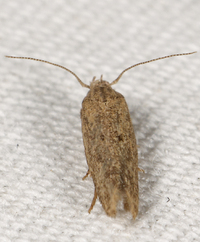
| Recorded by: John Petranka on 2025-08-08
Orange Co.
Comment: |
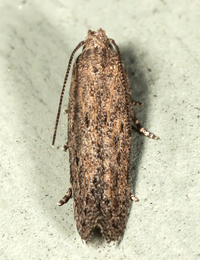
| Recorded by: John Petranka on 2025-07-03
Orange Co.
Comment: Verified by dissection (female) | 
| Recorded by: John Petranka on 2025-07-03
Orange Co.
Comment: Verified by dissection (female) |

| Recorded by: Dean Furbish on 2025-07-01
Wake Co.
Comment: | 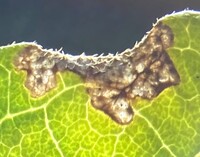
| Recorded by: Dean Furbish on 2025-07-01
Wake Co.
Comment: |

| Recorded by: F. Williams, S. Williams on 2025-06-11
Gates Co.
Comment: | 
| Recorded by: F. Williams, S. Williams on 2025-06-02
Gates Co.
Comment: |
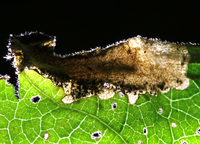
| Recorded by: Jim Petranka, Mark Basinger and Becky Elkin on 2024-09-21
Madison Co.
Comment: | 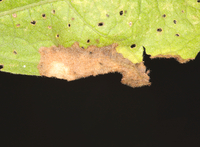
| Recorded by: Jim Petranka, Mark Basinger and Becky Elkin on 2024-09-21
Madison Co.
Comment: Occupied mine was on Solanum carolinense. |
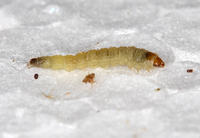
| Recorded by: Jim Petranka, Mark Basinger and Becky Elkin on 2024-09-21
Madison Co.
Comment: Larva from a mine on Solanum carolinense. | 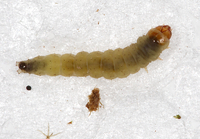
| Recorded by: Jim Petranka, Mark Basinger and Becky Elkin on 2024-09-21
Madison Co.
Comment: Larva from a mine on Solanum carolinense. |
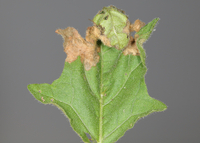
| Recorded by: Jim Petranka on 2024-08-03
Madison Co.
Comment: | 
| Recorded by: Jim Petranka on 2024-08-03
Madison Co.
Comment: |
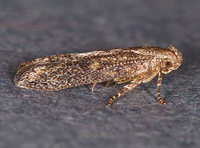
| Recorded by: Jim Petranka on 2022-08-18
Madison Co.
Comment: One of two reared adults from a mine on Solanum carolinense (see companion photo of the mine from 2022-07-29). | 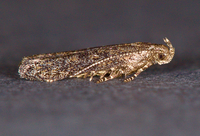
| Recorded by: Jim Petranka on 2022-08-18
Madison Co.
Comment: One of two reared adults from a mine on Solanum carolinense (see companion photo of the mine from 2022-07-29). |
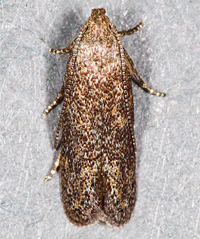
| Recorded by: Jim Petranka on 2022-08-18
Madison Co.
Comment: One of two reared adults from a mine on Solanum carolinense (see companion photo of the mine from 2022-07-29). | 
| Recorded by: Jim Petranka on 2022-07-29
Madison Co.
Comment: Leaf mine on Solanum carolinense had three larvae inside; larvae were bluish-green with a uniformly light brown head capsule. |
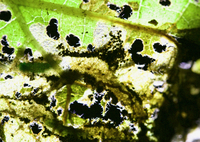
| Recorded by: Jim Petranka on 2022-07-29
Madison Co.
Comment: Leaf mine on Solanum carolinense had three larvae inside; larvae were bluish-green with a uniformly light brown head capsule. | 
| Recorded by: Jim Petranka on 2022-07-29
Madison Co.
Comment: Leaf mine on Solanum carolinense had three larvae inside; larvae were bluish-green with a uniformly light brown head capsule. |
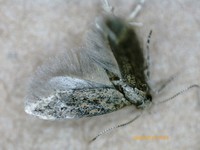
| Recorded by: Tracy S. Feldman on 2018-08-08
Wake Co.
Comment: Reared on Solanum carolinense. Adult emerged 8/8/2018. | 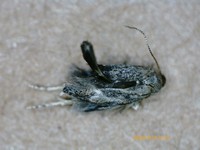
| Recorded by: Tracy S. Feldman on 2018-08-08
Wake Co.
Comment: |
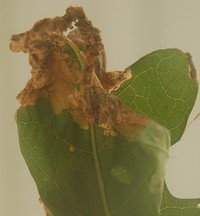
| Recorded by: Tracy S. Feldman on 2018-07-19
Wake Co.
Comment: A leaf mine on Solanum carolinense (see companion photo of adult that emerged on 2018-08-08). | 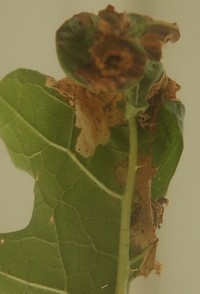
| Recorded by: Tracy S. Feldman on 2018-07-19
Wake Co.
Comment: |
|

 »
»




 »
»


